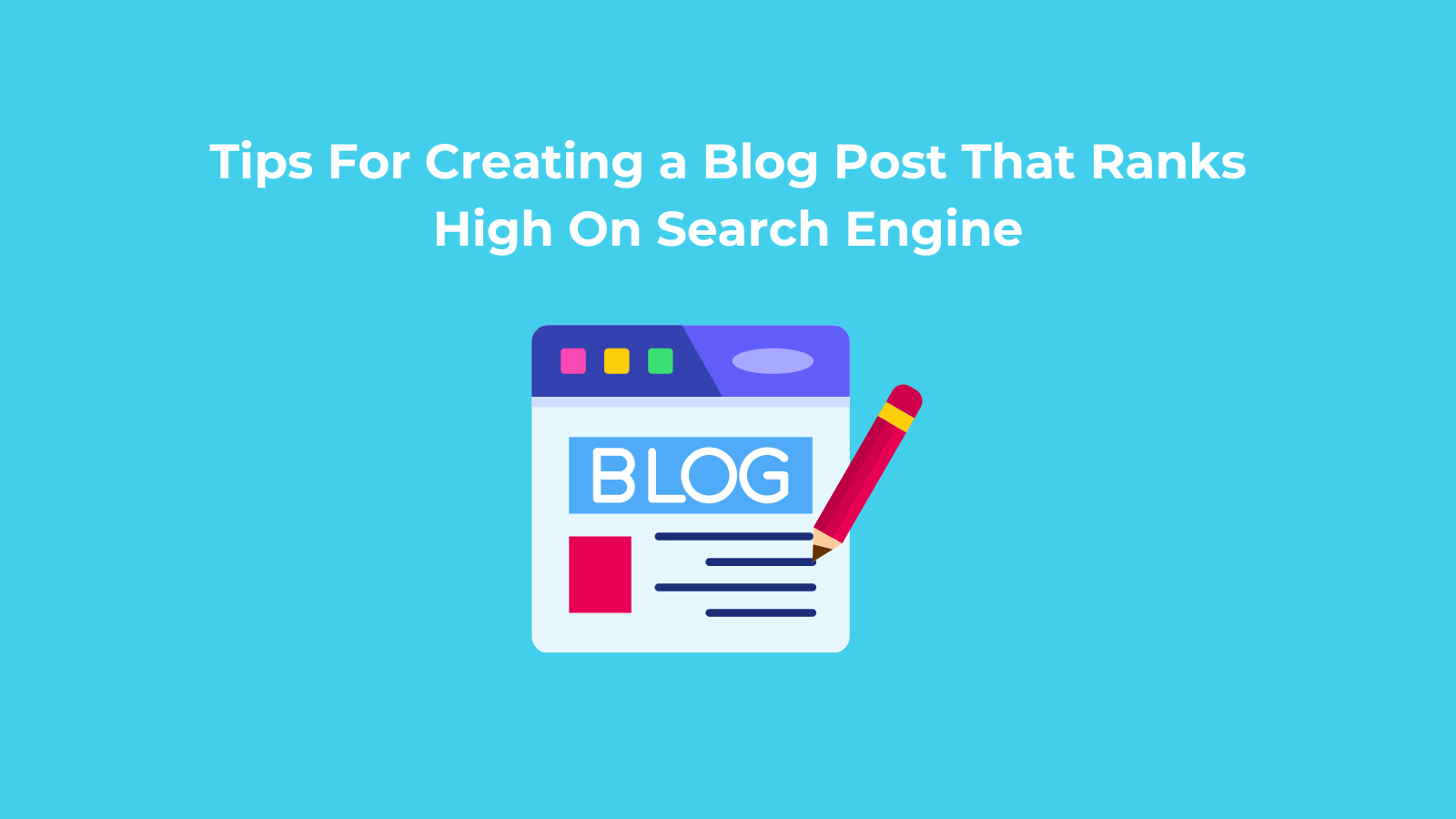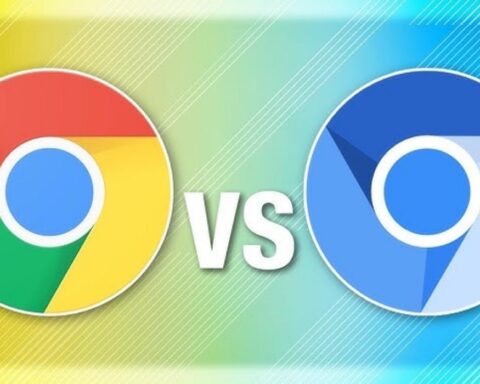Ranking top on Google and other search engines isn’t enough; your pages also need to convert. High traffic is meaningless if visitors leave without taking action, such as making a purchase, signing up for your newsletter, or scheduling a call or an appointment..
Whether you’re a marketer, copywriter, or small business owner, mastering the balance between SEO and conversion optimisation is key to long-term success. The two strategies empower you to make data-driven improvements to your website design, content, and user experience (UX).
Here are six practical tips for optimising your web pages that not only rank well but also convert visitors into customers, subscribers, or leads.
1. Start With Intent, Not Just Keywords
Keyword research is vital for SEO, but the real magic happens when you understand search intent. Why is someone searching for that phrase? Are they looking for information, comparing options, or ready to buy? There are generally three main types of intent:
- Informational – Users want to learn something, such as What is local SEO?.
- Navigational – They’re looking for a specific brand or page, such as Canva login.
- Transactional/commercial -They’re ready to take action, and an example is “Best SEO services in Perth.”
When you tailor your content to the user’s intent, you meet them exactly where they are in the buyer’s journey. For instance, an informational blog post should educate, not hard-sell. But a service page targeting transactional intent should feature strong CTAs, testimonials, and trust signals.
2. Make Every Page User-Friendly
Google’s algorithm updates in recent years, particularly the Page Experience and Helpful Content updates, prioritise the UX more than ever before. A page that’s hard to read, slow to load, or cluttered with pop-ups will struggle to perform.
You can improve your page’s user-friendliness by focusing on:
- Speed: Aim for a load time under three seconds. Compress images, enable browser caching, and use a reliable hosting service.
- Mobile responsiveness: Over 40% of Australians browse on mobile, so your site must look and function perfectly across devices.
- Readability: Use short paragraphs, bullet points, and clear subheadings to boost content readability. Make your font size and line spacing comfortable to read.
- Navigation: Keep menus simple and intuitive to allow visitors to find what they need within two or three clicks.
Google’s goal aligns with yours: providing users with the best possible experience. When your site delights visitors, search engines take notice, boosting your rankings on SERPs.
3. Craft Compelling Headlines and Meta Tags
Think of your headline and meta description as your first impression on Google. They determine whether a user clicks through or scrolls past.
A strong title tag should include your primary keyword and stay under 60 characters. It must also offer a clear benefit or value proposition. For example,Discover Useful Tips on Perth SEO practices to Drive More Traffic.
A well-written meta description can boost your click-through rate (CTR). It should summarise the page content, highlight benefits, and include a call to action (CTA). For example: Get found by local customers! Our Perth SEO experts help small businesses boost visibility and revenue. Book a free consultation today.
Even though meta descriptions don’t directly affect rankings, a higher CTR signals to Google that your result is relevant, which can indirectly improve ranking over time.
4. Optimise Content for Humans (and Search Engines)
SEO writing used to mean stuffing keywords into every paragraph. Thankfully, those days are gone. Today’s SEO is about creating valuable, readable, and contextually rich content that answers users’ questions in depth.
Here’s how to strike the right balance:
- Use keywords strategically: Place them in your H1, subheadings, first paragraph, and occasionally throughout the text, but always read it aloud to ensure it sounds natural.
- Include semantic keywords: Google uses related terms to understand context. Tools like Google’s “People Also Ask” or LSIGraph can help you find them.
- Structure content clearly: Use descriptive H2s and H3s to make scanning easy.
- Answer questions directly: Featured snippets often come from concise answers (40 to 60 words) placed under clear headings.
And most importantly, write for humans first. If a reader finds your content useful and stays on the page longer, Google recognises it as a positive signal.
5. Strengthen On-Page Conversion Elements
Search ranking gets visitorsto your page, and conversion elements convince them to act. Every high-performing page has a clear next step, whether it’s booking a call, signing up for a newsletter, or making a purchase. To optimise for conversions:
- Use strong, action-oriented CTAs – Instead of “Submit,” try “Get My Free Quote” or “Start Your 7-Day Trial.”
- Highlight value- Explain what users gain when they act, such as saving time, reducing costs, and getting expert help.
- Use visuals wisely- High-quality images, explainer videos, and infographics make complex ideas more digestible.
- Show trust signals- Add client logos, testimonials, star ratings, and case studies to boost credibility and trust
- Reduce friction- Keep forms short and ensure checkout processes are smooth.
Even small tweaks, such as changing CTA colours or improving button placement, can significantly boost conversions. Test them using tools like Google Optimize or Hotjar to find a variation that delivers the most results.
6. Track, Test, and Continuously Improve
SEO and CRO (conversion rate optimisation) are not one-time efforts; they’re continuous processes. The best-performing pages evolve through data-driven refinement. You need to monitor your website data and use the insights to conduct tests and make adjustments.
Here’s what to monitor:
- Organic traffic: Track which pages attract the most visitors and what keywords drive that traffic.
- Bounce rate and dwell time: If users leave quickly, your content or UX might need improvement.
- Conversion rate: Measure how many visitors take your desired action.
- Scroll depth: See how far people read before dropping off; this can guide content length and CTA placement.
Use Google Analytics, Search Console, and heatmap tools to uncover insights. Then, test and iterate different formats, button sizes, and call-to-actions. For example:
- Try new headlines or CTA phrasing.
- Adjust internal links to guide users toward conversion pages.
- Refresh old content to maintain topical relevance.
Continuous testing not only improves your metrics but also helps you understand what actually resonates with your audience.
Optimise Your Pages to Drive Rankings and Conversions
A truly optimised page is the perfect blend of art and science, where SEO techniques attract visitors, and persuasive design plus copy convert them.
You can optimise your pages by understanding search intent and aligning content with it. Prioritise user experience with fast, mobile-friendly design and craft irresistible headlines and meta descriptions. Also, write content for humans, design for conversions, and monitor your site and make improvements.
Applying these principles allows you to climb higher in search rankings and create pages that drive real business outcomes, more leads, sales, and loyal customers. SEO brings people to your site, but conversion optimisation invites them inside. Focus on both, and your website will become a true growth engine for your brand.








